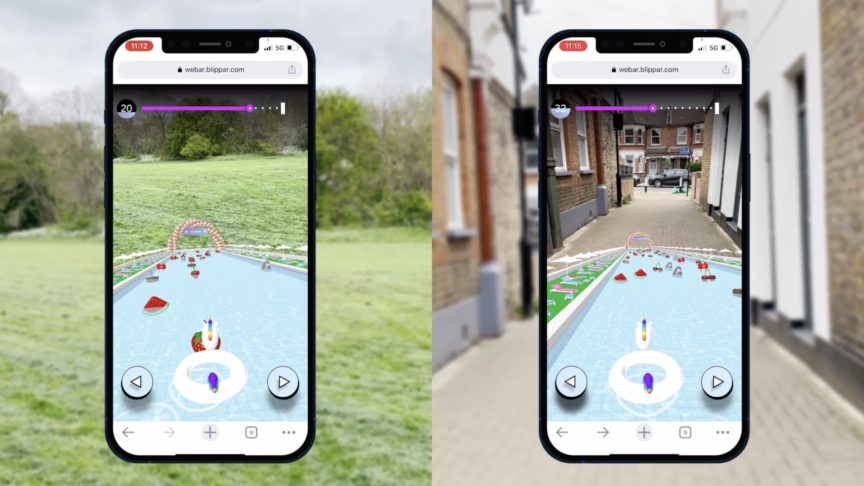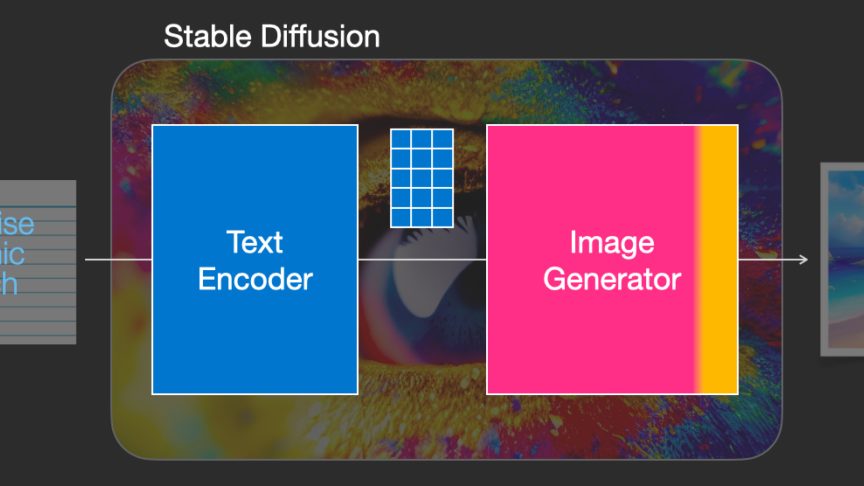Taste And Chew In Virtual Reality - Weekly Mash-Up 159
November 4, 2016
Taste And Chew In Virtual Reality - Weekly Mash-Up 159

Face electrodes let you taste and chew in virtual reality
New Scientist
Ever thought you couldn’t taste the mouth-watering food laid out in front of you in the virtual world? Think again. There have been experiments with “virtual food” using electronics to emulate taste and feel, even when there is nothing in your mouth. Using changes in temperature, researchers have found a method to mimic the sensation of sweetness on the tongue by hijacking thermally sensitive neurons that normally associated with the sensory code for taste. Aside from enhancing experiences in virtual and augmented reality, this technology could also have major implications for healthcare, such as as substitution for salt without the negative health side effects. Read more

AR will trump VR for data visualisation
Tech Central
IBM Software Engineer, Rosstin Murphy, argues that when it comes to data visualisation, augmented reality is set to trump virtual reality. He argues that although VR is “transportational”, where you can find yourself stood on an alien planet - it is less suited to business applications. AR on the other hand, is “transformational”, and can transform the world you’re already in, which is ideal in a business context. Using AR for data visualisation allows researchers to interact with data in a new, three-dimensional manner that would enable efficient analysing of complex datasets. Read more

Artificial intelligence, VR and AR aid space ventures to Mars and beyond
The Australian
According to Jason Crusan, a director of NASA, claims that artificial intelligence, virtual and augmented reality are set to play an enormous role, as humankind heads to Mars and Beyond. In an interview with the Australian, he addresses how NASA is leveraging newer capabilities of artificial intelligence as it undertakes 20 years of preparation for humans visiting Mars, including autonomous cars. Virtual reality is already part of the astronauts’ training, but the team are also implementing AR to further develop and enhance skills for when they are up in space. Read more

Underwater robots kill invasive fish to save the oceans
ZDNet
Artificial intelligence is multifaceted. Aside from fuelling autonomous vehicles, there are now underwater robots with the sole purpose to restore biodiversity by hunting invasive species. Divers around the world have been trying to control invasive marine animals by hand, but robots could be more precise, effective, and constant. The two particular species that are harming our oceans are the crown-of-thorns starfish and Lionfish. Read more


